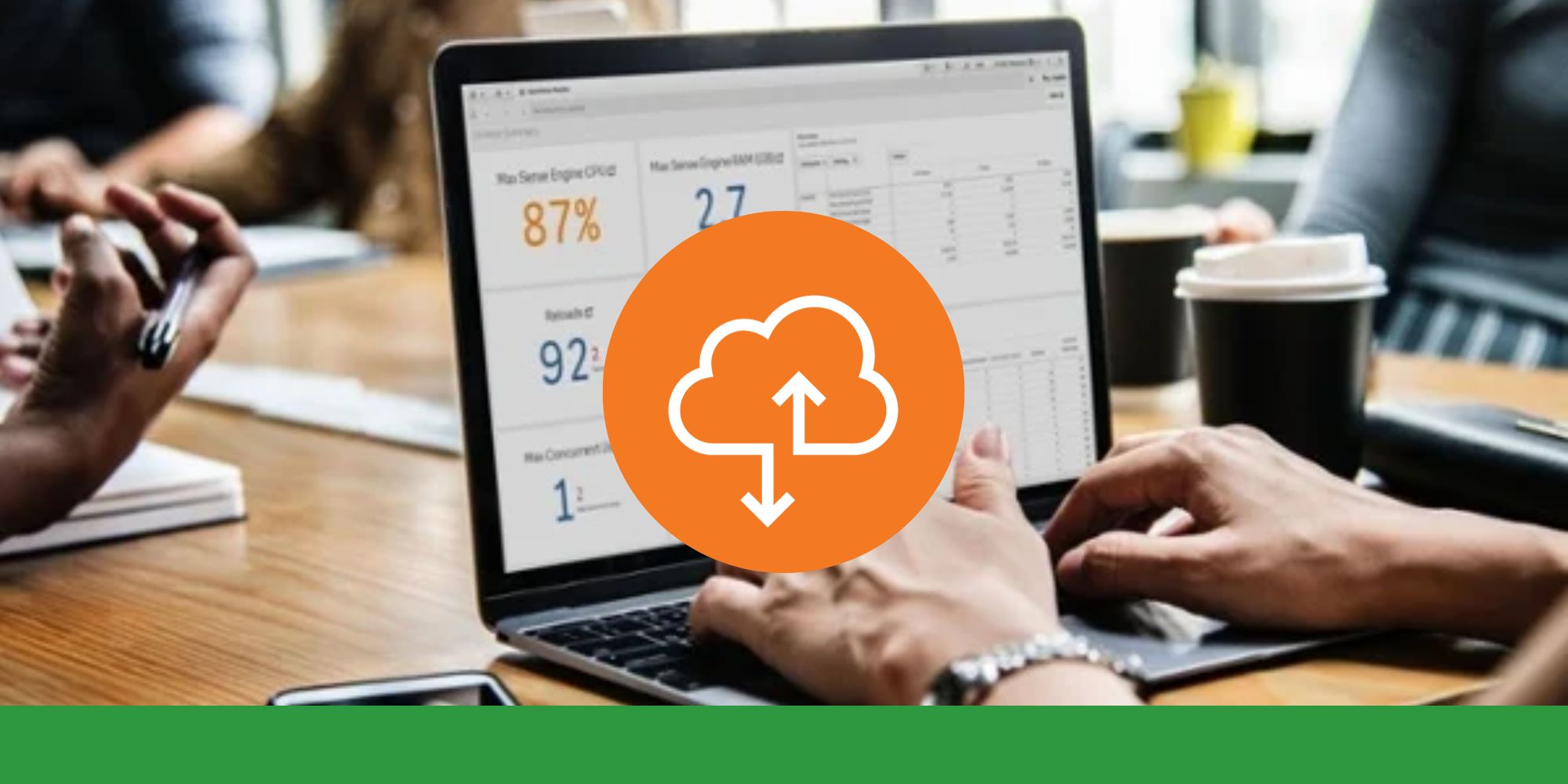Qlik Sense Subscription Model Announced
As an elite Qlik partner, we’re delighted Qlik have introduced this subscription model. It’s only for Qlik Sense at the moment but will provide a greater reach for the invaluable services the Qlik platform provides.
I know some of our existing Qlik customers and members of the Qlik community have been eagerly awaiting this subscription pricing. The new model works in the same way as a perpetual license and can be deployed either in the cloud or on-premise.
Pricing is staggered based on the number of users and there are some subtle differences to the perpetual licenses, which we’d be happy to discuss. Please get in touch with the team at Ometis to find out more about subscription pricing.
It’s an important scheme as the subscription model will help companies by reducing barriers to entry, enabling more businesses to utilise the innovative and efficient Qlik Sense platform. The model’s flexibility to easily and cost-effectively increase or decrease subscribers will be a huge draw to new businesses eager to unlock the information their business data holds.
Not only does the new subscription price include maintenance, which entitles users to the latest versions of the Qlik Sense software, it will also free up budgets in Year One to deploy more services and ensure a successful implementation.
The subscription model may only be available for Qlik Sense at the moment but we hope to see services such as NPrinting and GeoAnalytics have some type of subscription service later in 2017 or early 2018. Qlik Sense users still have the option to buy perpetual licenses as well and we do not expect to see this taken away.
If you would like to know about the Qlik Sense services under the new subscription model, please get in touch with us by calling +44 (0)330 363 9900, or emailing me direct at andy.patrick@ometis.co.uk . Alternatively you can fill out our contact form.
By Andy Patrick





Comments